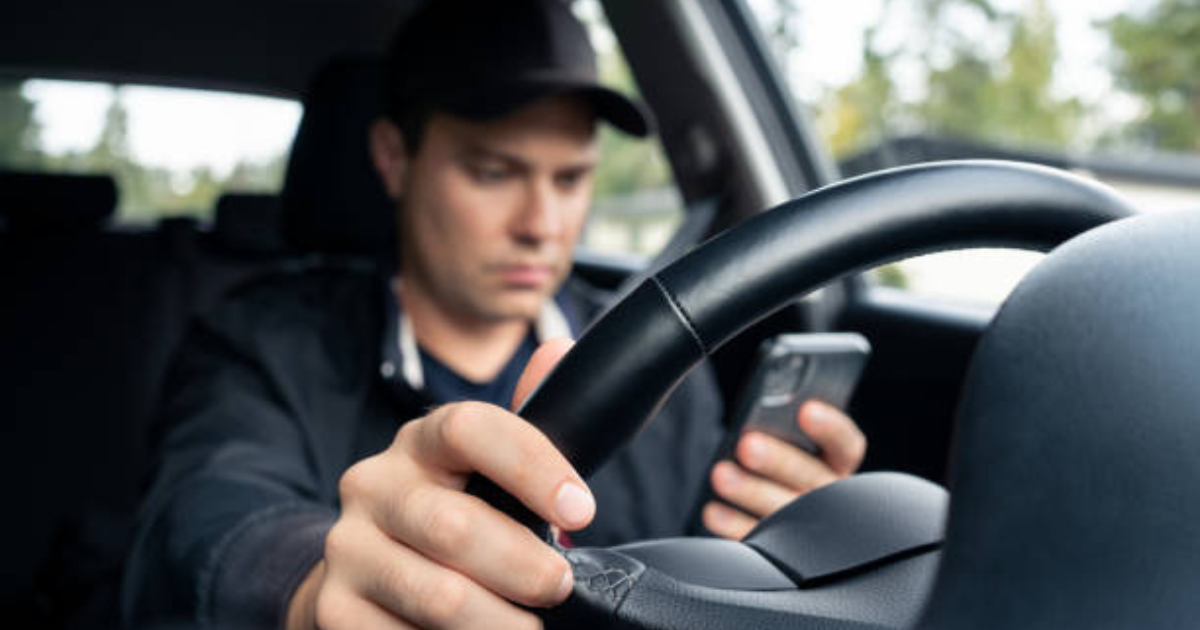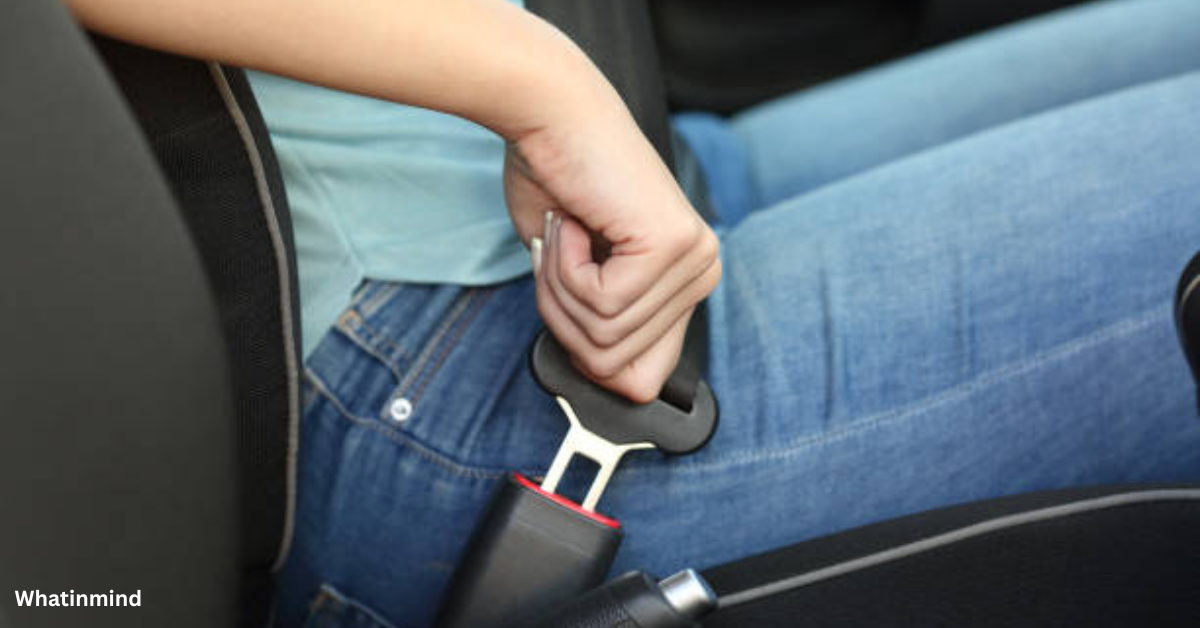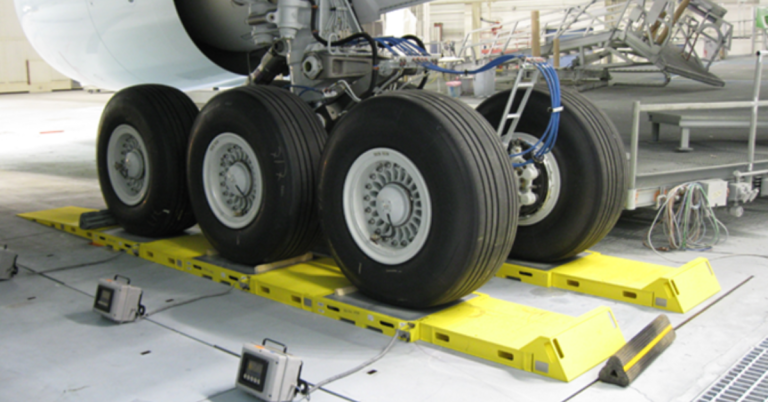Wearing a seat belt, not texting when driving, and driving carefully are all examples of…
Ensuring one’s safety on the road involves a combination of simple yet important practices. From buckling up with a seat belt to refraining from texting while driving, these actions are not merely suggestions but essential components of responsible driving.
However, the significance goes beyond basic compliance with regulations; it speaks to a mindset that prioritizes not just personal well-being but also that of others on the road. By exploring the deeper implications of these seemingly routine behaviors, a deeper understanding emerges, shedding light on the interconnectedness of individual choices and collective road safety.
Importance of Seat Belt Usage
The importance of utilizing seat belts while driving cannot be overstated in promoting road safety and reducing the severity of injuries during accidents. Seat belts are a fundamental safety feature in vehicles, designed to restrain occupants in the event of a collision.
Studies have consistently shown the effectiveness of seat belts in preventing ejection from the vehicle and reducing the risk of serious injuries or fatalities. In fact, seat belts are estimated to reduce the risk of death by about 45% and the risk of moderate to critical injury by 50%.
In addition to protecting the driver and passengers, seat belts also play a critical role in injury prevention. By securing individuals in their seats, seat belts help distribute the force of a crash over stronger parts of the body, such as the chest and pelvis, minimizing the impact on vulnerable areas. This reduces the likelihood of head, spinal, and internal injuries that can result from being thrown around or ejected from the vehicle during a collision. Wearing a seat belt is not just a legal requirement but a life-saving habit that greatly enhances road safety for all.
Dangers of Texting While Driving

Utilizing seat belts is a critical safety measure while driving, and similarly, engaging in texting while driving poses important dangers that can compromise road safety and increase the risk of accidents. Texting while driving falls under the category of distracted driving risks, where the driver’s attention is diverted from the road to the phone screen. This divided attention greatly impairs the driver’s ability to react promptly to changing road conditions, increasing the likelihood of accidents.
The dangers of texting while driving are alarming, with consequences ranging from minor fender-benders to severe, life-threatening crashes. The act of texting while driving not only endangers the driver but also puts passengers, pedestrians, and other road users at risk. To prevent these texting dangers and driving consequences, it is important for drivers to prioritize safety by avoiding phone use while behind the wheel.
Implementing prevention strategies such as setting phones to Do Not Disturb mode, using hands-free devices for calls, or pulling over to a safe location to respond to messages can help mitigate the risks associated with texting while driving.
Benefits of Defensive Driving
Implementing defensive driving techniques not only enhances road safety but also reduces the risk of accidents. By being proactive and vigilant on the road, drivers can anticipate potential hazards and react accordingly. These skills are invaluable in preventing collisions and ensuring a secure driving environment for all road users.
Increased Road Safety
Enhancing road safety through defensive driving practices requires a vigilant and proactive approach to maneuvering potential hazards on the road. Road awareness, which involves staying mindful of other drivers, pedestrians, and road conditions, is essential for anticipating and avoiding potential dangers. Defensive maneuvers, such as maintaining a vital following distance, using turn signals, and obeying traffic laws, play an important role in preventing accidents and ensuring a safe driving environment for all road users.
By continually practicing defensive driving techniques, drivers can reduce the risk of collisions, injuries, and property damage. Ultimately, prioritizing road safety through defensive driving not only protects oneself but also contributes to the well-being of everyone sharing the road.
Accident Prevention Techniques
To effectively reduce the risk of accidents on the road, mastering defensive driving techniques is paramount for all drivers. Defensive maneuvers such as maintaining a safe following distance, constantly scanning the surroundings, and being prepared for unexpected situations are essential in accident avoidance. By staying alert and focused, drivers can react promptly to potential hazards, thereby preventing collisions.
Additionally, defensive driving involves obeying traffic laws, staying within speed limits, and avoiding distractions like texting or using a phone while driving. These practices not only enhance personal safety but also contribute to overall road safety. Through the adoption of defensive driving techniques, drivers can proactively mitigate risks, protect themselves and others, and create a safer driving environment for everyone.
Impact of Reckless Driving
Reckless driving poses a significant threat to road safety and can have far-reaching consequences for both individuals and the community as a whole. The consequences of reckless behavior behind the wheel are severe, ranging from minor accidents to fatal crashes. Such irresponsible actions not only endanger the lives of the drivers themselves but also jeopardize the safety of passengers, pedestrians, and other road users. The societal impact of reckless driving includes increased healthcare costs, property damage, and emotional trauma for those involved.
It is the responsibility of every driver to prioritize public safety by adhering to traffic laws and exercising caution on the roads. By neglecting this duty, individuals not only put themselves at risk but also undermine the well-being of the entire community.
Education on the dangers of reckless driving and stricter enforcement of traffic regulations are critical in curbing this hazardous behavior. Together, we can work towards creating a safer and more responsible driving culture that prioritizes the protection of all road users.
Role of Seat Belts in Safety
The utilization of seat belts plays a pivotal role in maximizing safety measures for occupants in vehicles. Seat belt effectiveness is well-documented, as they are designed to secure passengers in the event of a collision or sudden stop, preventing ejection from the vehicle and minimizing the risk of serious injuries.
Seat belts work in conjunction with other vehicle safety features, such as airbags and crumple zones, to provide a thorough protection system. When worn correctly, seat belts distribute the force of impact across the stronger parts of the body, reducing the risk of severe harm to vulnerable areas.
Additionally, seat belts help to maintain the position of the driver and passengers within the vehicle, reducing the likelihood of secondary impacts during a crash. It is essential for individuals to understand the critical role that seat belts play in ensuring their safety on the road and to make it a non-negotiable habit to buckle up before every journey.
Consequences of Distracted Driving
Understanding the potential repercussions of driving while distracted is essential for promoting responsible and safe behavior on the road. Distracted driving awareness is critical in preventing accidents that can result from taking one’s focus off the road. Technology distractions, such as texting, using navigation systems, or adjusting music, greatly increase driving risks as they divert attention from the primary task of driving.
The consequences of distracted driving can be severe, ranging from minor fender benders to life-threatening collisions. By being aware of the dangers associated with distracted driving, individuals can proactively implement prevention strategies. These strategies may include turning off notifications, using hands-free devices, or pulling over to a safe location when necessary.
Additionally, educating oneself and others about the potential consequences of distracted driving is key to fostering a culture of safety on the roads. By recognizing the risks and actively working towards minimizing distractions while driving, individuals can contribute to a safer and more secure driving environment for all road users.
Safe Driving Practices to Follow
Implementing defensive driving techniques is essential for ensuring road safety and minimizing the risk of accidents. Road etiquette plays a vital role in maintaining a safe environment for all drivers. By following traffic laws and showing respect for other road users, drivers can contribute to a harmonious flow of traffic and reduce the likelihood of collisions. Defensive driving involves staying vigilant, anticipating potential hazards, and being prepared to react swiftly to unexpected situations.
Driver awareness is another key aspect of safe driving practices. Remaining alert behind the wheel, avoiding distractions, and staying focused on the road can greatly decrease the chances of accidents. Drivers should prioritize safety over convenience and always prioritize the well-being of themselves and others on the road.
Frequently Asked Questions
Are There Any Specific Laws or Regulations Regarding Seat Belt Usage in Different States or Countries?
Seat belt laws vary across states and countries, with regulations specifying when and how seat belts should be used. International agreements, like the Vienna Convention, aim to harmonize seat belt laws globally for enhanced road safety.
How Can Defensive Driving Courses Help Improve Overall Driving Skills and Awareness on the Road?
Enhancing driving skills through defensive driving techniques can greatly boost road awareness, leading to a safer driving environment. These courses offer strategies for handling various situations, promoting proactive measures and fostering a culture of safety.
What Are Some Common Myths or Misconceptions About the Impact of Seat Belts on Safety?
When considering seat belt effectiveness, it’s important to dispel common misconceptions. Safety concerns may arise due to myths about seat belts. Understanding the impact on safety is essential for promoting the importance of using seat belts at all times.
Can Seat Belts Actually Cause Harm in Certain Situations or Accidents?
Potential dangers related to seat belts include seat belt injuries in accidents. While seat belts are essential for safety, improper use or fitting can lead to harm, especially for children. Understanding proper usage is important for enhancing children’s safety.
Are There Any New Technologies or Advancements in Car Safety That Could Potentially Replace the Need for Seat Belts in the Future?
As technology advances, autonomous vehicles are integrating innovative safety features to enhance passenger protection. Impact-mitigating airbags, collision avoidance systems, and advanced sensors are among the advancements potentially reducing the reliance on traditional seat belts in the future.
Conclusion
In conclusion, adhering to safe driving practices such as wearing a seat belt, avoiding texting while driving, and practicing defensive driving can greatly reduce the risk of accidents and guarantee the safety of all road users. By prioritizing these habits, individuals can contribute to a safer driving environment for themselves and others. It is imperative to stay vigilant and focused while on the road to prevent unnecessary harm and potential consequences of reckless behavior.






